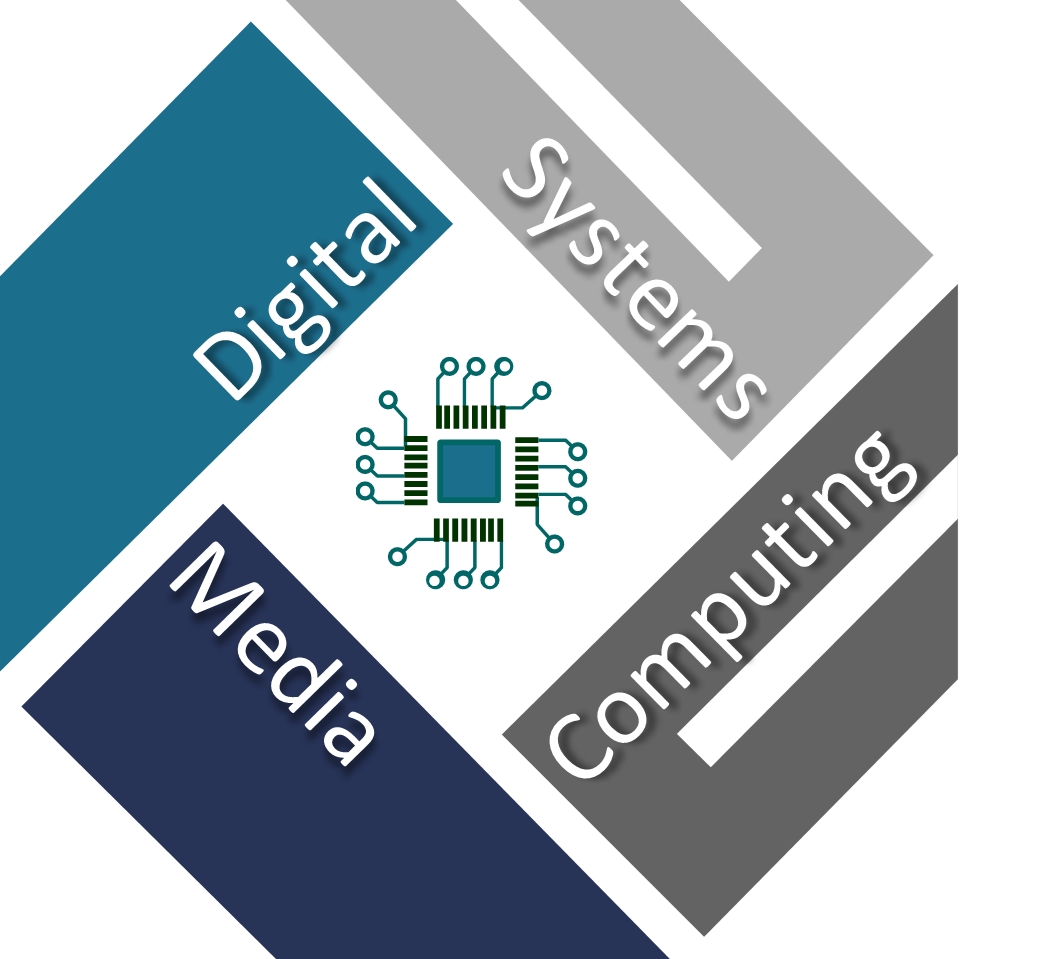EMYNOS
nExt generation eMergencY commuNicatiOnS
Current emergency systems and 112 services are based on legacy telecommunication technologies, which cannot cope with IP-based services that European citizens use every day. Some of the related limitations are the partial media support, the lack of integration of social media, and the use of an analogue modem for providing eCall services with limited data amount. As most operators have started migrating towards broadband IP-based infrastructures, current emergency systems need also to be upgraded and adapted in order to fulfil regulatory requirements in terms of Next Generation emergency services.
Τhe main objective of the EMYNOS project is the design and implementation of a Next Generation platform capable of accommodating rich-media emergency calls that combine voice, text, and video, thus constituting a powerful tool for coordinating communication among citizens, call centers and first responders.
Additionally, issues such as call routing/redirection to the closest-available call center, retrieval of the caller location, hoax calls prevention, support for people with disabilities, and integration of social media will be addressed.
Within EMYNOS DSMC in collaboration with the CONES Lab of HOU developed SEEK, a framework that enables embedded devices to trigger calls to emergency centers and support IP-based real time communication. SEEK framework is consisted of body sensors and a haptic device enabling elderly and disabled people who live independent to perform emergency calls. Sensors embedded in SEEK, aggregate environmental data and vital signs that monitor user’s current health status and automatically trigger emergency calls when an emergency occurs, providing continuous real-time sensor data. The haptic device enhances further the communication among the end user (disabled person or elderly), first responders and healthcare providers at emergency centers. A prototype implementation and initial results are presented as a proof of concept for deaf and speech impaired people. Whenever an emergency call is performed, sensor data and/or text are forwarded through a SIP client (i.e. SIP phone) that establishes an emergency call with the appropriate PSAP supplying information about the location of the event, sensor data, user’s feelings or needs. For the above purpose a customized version of the Linphone client was developed in order to use Uniform Resource Names (URNs) identifiers for IP-based emergency calls and support SIP SUBSCRIBE/NOTIFY messages.
MANTIS
Multiservice cApable iNtelligent TransportatIon Systems
MANTIS aims at designing a comprehensive framework for the development of heterogeneous applications in intelligent transport systems and at implementing and demonstrating driver assistance systems towards improvement of road transport. The MANTIS framework will exploit technologies of rapidly growing sensor and vehicular networks and will pursue their integration with Internet technologies and cloud applications. All vehicles manufactured during the last decade are equipped with a variety of sensory instruments, providing these collected data through processing units (On Board Units) and customised interfaces (such as OBD-II). MANTIS will develop innovative applications based on the communication between vehicles and external Internet applications with a view to enable transport infrastructure and fleet management centres to monitor and track environmental conditions or extraordinary events.
Applications developed in the context of MANTIS will:
– enable geolocation of vehicles via the application of various methods for the reliable and continuous position detection, regardless of environmental and network conditions.
– enable the collection and dispatch of useful data for recording primary operational parameters through appropriate Internet interfaces and protocols.
– enable the automatic execution of emergency calls via Internet communications (VoIP) – even in cases of passengers’ incapacity – by means of automatic call routing, to the appropriate/closest management and driver assistance centres, based on vehicle’s location, accompanied with critical data from the on-board sensory instruments (NG-eCall).
– enable the collection and transmission of useful data for tracking environmental and extraordinary conditions by external infrastructure management centres (e.g. road operators, prefectures etc.) as well as by fleet management systems for corporate (M2M) applications, exploiting crowdsourcing techniques and intelligent big data analytics.
– enable interoperability and customised (or based on geographic criteria or current conditions) or simultaneous connection and dispatch of data in the selected management centres.
Grants received for academic activities
DSMC has developed a series of training activities through the design and operation of an open remote lab facility including the following
- “A blended-learning Digital Systems intensive course for IEEE student members” in 2011
- “A Blended-learning Course on Microcontrollers / Team contest”, in 2012
- Multi-Modal Learning Course on Digital Systems Design Using VHDL & FPGAs, in 2014
- OH4HS (Open Hardware for High School) project, in 2015
This series of courses has been sponsored by IEEE CAS society and has resulted in the operation of an open, remotely accessible laboratory through a web-interface (http://tinyurl.com/btumud8) focusing mainly on under-graduate and graduate students following physical and engineering sciences. In 2014 this remote lab facility has been complemented to provide an intensive multi-modal learning course on digital systems design using VHDL and FPGA boards on a remote laboratory facility with the support of IEEE CAS and ALTERA that donated the development boards. The main objective is to leverage the existing infrastructure and know-how to develop an educational platform and ecosystem including High School teachers and students. The dissemination of the DSMC remote lab facility to High School teachers including demonstration at schools throughout Greece and a contest for developing innovative experiments to attract the interest of school students to Computer Sciences has been recently funded by the Google Inc. CS4HS (Computer Science for High School) initiative and the DSMC OH4HS (Open Hardware for High School) project, in 2015.
